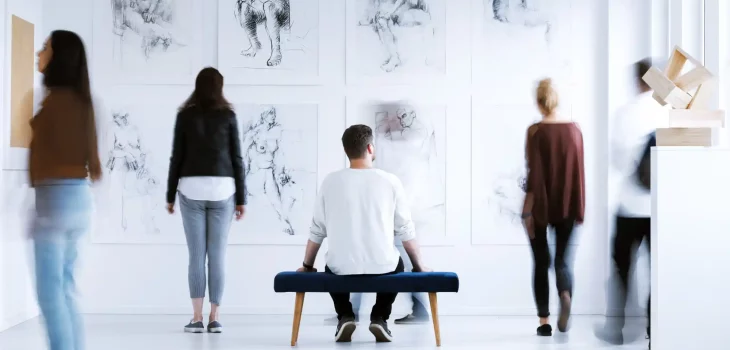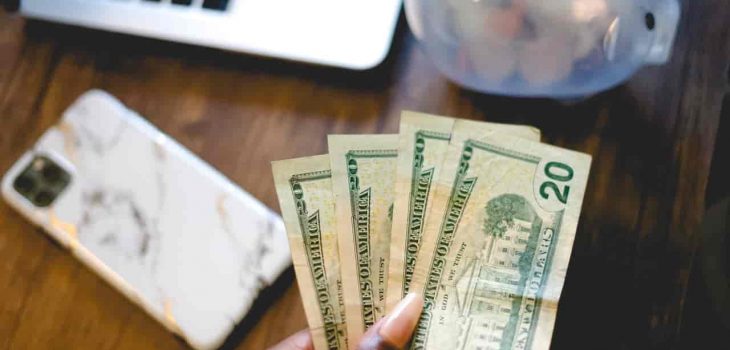6 Important Steps for a Successful Gallery Exhibition
If you’re an up-and-coming artist, refining your skills and identifying your style is only a part of the battle. You still have to use the resources at your disposal to increase your chance of success. Self-promotion is a key skill for budding artists to develop.
With a little effort, you can carve out a successful career for yourself and have plenty of exhibitions to fall back on. This guide tells you how to plan a successful gallery exhibition.
Researching the Venue
Having a full understanding of the venue’s policies, fees, hours of operation, space limits, and utilities will ensure a smooth exhibition. Researching lighting and climate control facilities are also essential for preserving the artworks on display.
It is also important to ensure the venue is accessible and familiarise yourself with the space to calculate how to fit the art. Further research into the target audience of the gallery to tailor exhibitions.
Crafting a Curatorial Statement
This statement should not be also limited to an explanation of what the exhibition aims to do, but should also be a reflection of the artist’s vision and intention. The statement should be also written in a clear, concise, and specific manner.
It should explain how the show’s composition reflects and creates a narrative, as well as how it affects the audience.
Additionally, the statement should show how the pieces have been selected and organized so that viewers can interpret the concept in meaningful ways.
Curating the Artwork
When curating an art exhibition, there are several important steps to take to have a successful gallery exhibition. All artwork should be also showcased and any accompanying information about the pieces should be carefully selected and prominently displayed such as to:
- Ensure the artwork fits this theme
- Evaluate each artwork
- Get oversized frames
- Gauge its impact
- Visual effects
- The appeal
- Expressiveness to the audience
Once the artwork has been selected, it is important to create a design plan and select how to best showcase the pieces.
Promoting and Advertising
Create a buzz around the show by connecting on social media and with press releases, and promote the exhibition to blogs and other online media outlets.
Consider creating posters and flyers for distribution to target the right audience and extend reach. Reach out to potential guests with calls and emails to ensure the largest participation.
Establishing a Budget
Establishing a budget helps to determine the available resources and limitations for the exhibition as well as affording the best possible outcome. The first step is to assess all possible expenses, such as venue hire, marketing and publicity, contract services, and transport costs.
Preparing for the Opening Reception
Plan carefully who speaks at the reception and consider recruiting volunteers to help greet attendees, serve refreshments, and direct visitors to the artwork.
Choose whether to display the artwork beforehand or wait until the opening of the reception. Set up the gallery space, making sure to hang artwork at eye level and allow enough time to arrange it correctly.
On the day of the opening reception, double-check the gallery space is clean and presentable.
Learn About Gallery Exhibition Today
The success of an art gallery exhibition depends on the techniques and planning that are also employed. Publicity, research, proper management, time, and energy are all important steps toward a successful gallery exhibition.
So, what are you waiting for? Start to build a gallery exhibition today!
Did you find this article helpful? Check out the rest of our blogs!






